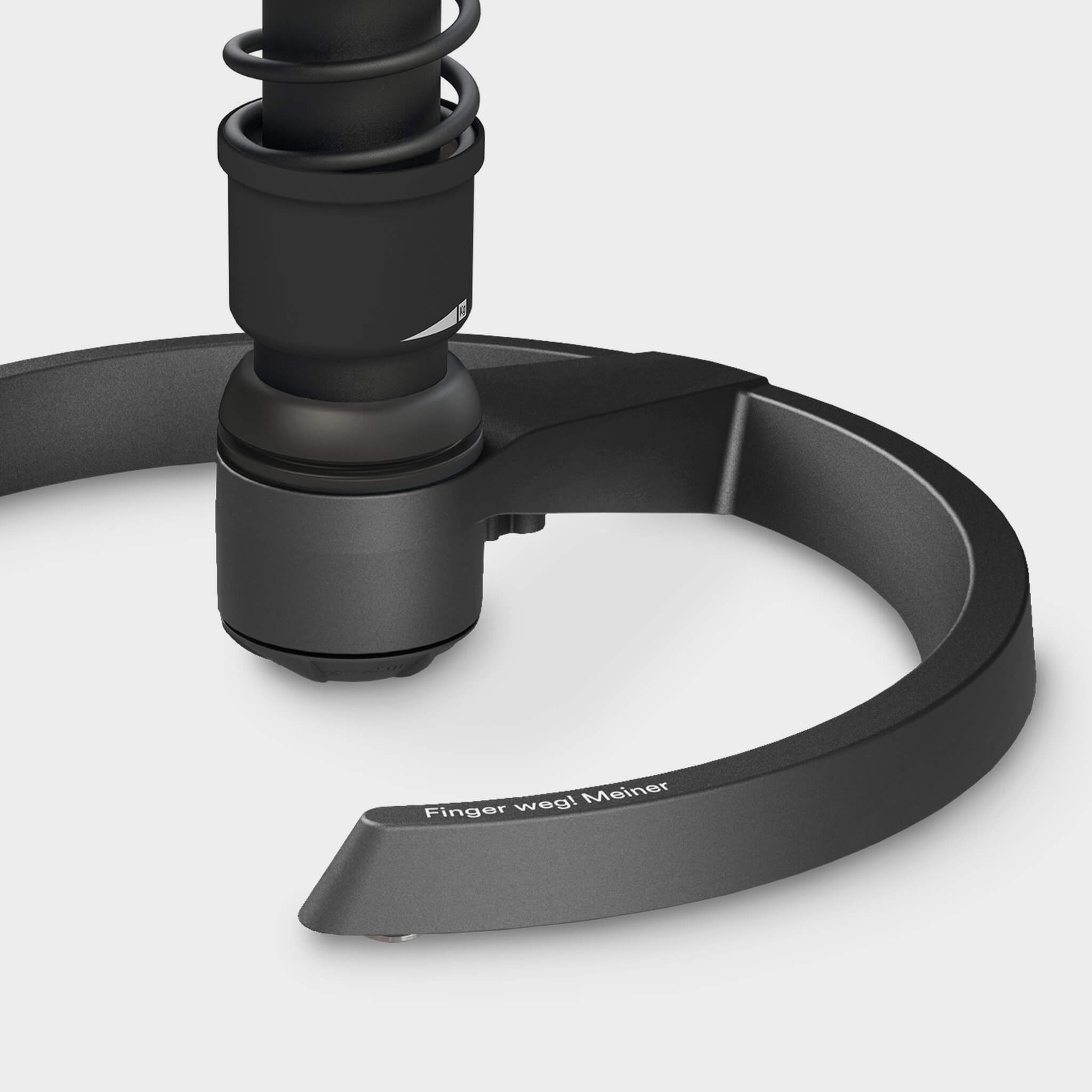Was ist der Kreislauf?
Was kurz Kreislauf genannt wird heißt korrekt Herz-Kreislauf-System oder Blutkreislaufsystem. Dabei handelt es sich um das ca. 100.000 km lange Transportsystem des Körpers, das mit dem Blut die Nährstoffe und den Sauerstoff in die Körperzellen bringt und Stoffwechselprodukte abtransportiert.
Was versteht man unter Kreislaufprobleme – und woher kommen sie?
Der Begriff Kreislaufproblem oder Herz-Kreislaufbeschwerde fasst alle Beschwerden zusammen, die mit Kreislauf und Herz zu tun haben. Dazu gehören Schwindelanfälle, Wasseransammlungen in Armen oder Beinen, unregelmäßiger Puls, große Leistungsschwäche, Kurzatmigkeit und Atemnot. Häufig finden Herz- und Kreislaufbeschwerden ihren Ursprung in einer Herzinsuffizienz (Herzschwäche) als Folge anderer Krankheiten wie zu hoher/zu niedriger Blutdruck, fehlgebildete Herzklappen, Herzmuskelentzündung, Schädigung des Herzmuskels durch eine Entzündung oder auch ein Herzinfarkt. Aber auch andere organische Ursachen wie Schilddrüsenüber- bzw. -unterfunktion, Blutarmut oder Herzrhythmusstörungen können zu einer Herzschwäche und damit zu Kreislaufproblemen führen.
Was sind Herzrhythmusstörungen?
Der Herzschlag wird gesteuert vom Sinusknoten, einem kleinen Bereich im Herzvorhof, der elektrische Impulse für den Herzschlag erzeugt. Wenn dieser Sinusknoten Impulse nicht richtig erzeugt oder weiterleitet, kann das Herz aus dem Gleichgewicht geraten, es „stolpert“, es schlägt zu langsam oder schlägt zu schnell. Herzrhythmusstörungen können viele Ursachen haben wie Stress, aber auch Krankheiten. Bei längerem Anhalten sollte eine Behandlung in Betracht gezogen werden, da sich auch aus anhaltenden Herzrhythmusstörungen auf Dauer eine Herzschwäche entwickeln kann.
Arteriosklerose und die Folgen
Durch Ablagerungen können sich die Arterien verengen, das ist die so genannte Arteriosklerose bzw. Arterienverkalkung. Das Risiko für diese Ablagerungen steigt mit fettreichem Essen und Bewegungsmangel, kann aber auch altersbedingt auftreten. In allen Fällen hat Arteriosklerose auch Auswirkungen auf den Kreislauf und kann zu schweren Krankheiten führen. Durch die Verkalkung werden die Blutgefäße enger, das Blut kann nicht mehr ungehindert fließen und der Sauerstoff nicht mehr ausreichend transportiert werden. Insbesondere an Gefäßverzweigungen kann es zu Stauungen kommen. Im allerschlimmsten Fall bildet sich ein kleiner Pfropfen aus Blutplättchen und ein Infarkt droht. Abhängig davon, wo sich im Körper der gefährliche Pfropfen bildet (Herzkranzgefäße, Halsschlagader, Kopf), kann es zum Herzinfarkt führen, einen Schlaganfall auslösen oder auch die Nierenfunktionen einschränken.
Herz-Kreislaufbeschwerden vorbeugen
Wer morgens den Kreislauf in Schwung bringen möchte, für den empfehlen sich heißkalte Wechselduschen oder die Anwendung von Trockenbürstenmassagen. Wer zu niedrigem Blutdruck neigt, kann ab und zu die Beine hochlegen, sich mehrmals täglich auf die Zehenspitzen stellen und unter Umständen ab und zu eine gut gesalzene Brühe trinken. Und sofern keine Herzschwäche vorliegt, sollte ausreichend getrunken werden, vor allem im Sommer.
Das Mittel der Wahl zur Stabilisierung von Herz und Kreislauf sowie zur Vorbeugung von Kreislauf-Erkrankungen ist und bleibt regelmäßige Bewegung. Insbesondere, wer viel im Sitzen arbeitet, sollte auf ausreichende Bewegungsmöglichkeiten achten. Unterstützend kann man einen ergonomischen Bürostuhl verwenden, der die dreidimensionale Bewegung fördert wie zum Beispiel ein Swopper von Aeris.
Was tun bei Kreislaufproblemen?
Bei einer akuten Kreislaufschwäche hilft es, sich hinzulegen und die Beine höher als den Kopf zu lagern. Wenn keine schlimmeren Ursachen dahinterstecken, bessern sich die Beschwerden wie Schwindelgefühle meist schnell. Hält der Schwindel an oder folgt sogar Bewusstlosigkeit, sollte ein Arzt gerufen werden.
Und grundsätzlich gilt: Wer häufiger unter niedrigem Blutdruck oder unter Bluthochdruck leidet, sollte mit dem Arzt die Ursachen abklären und mögliche Therapien besprechen.
